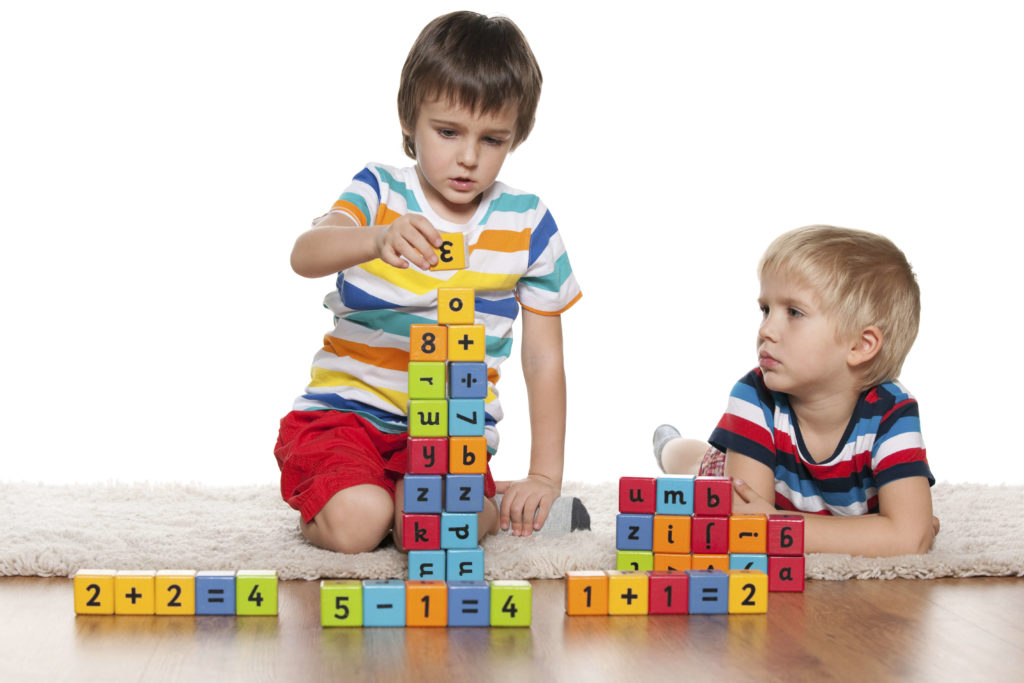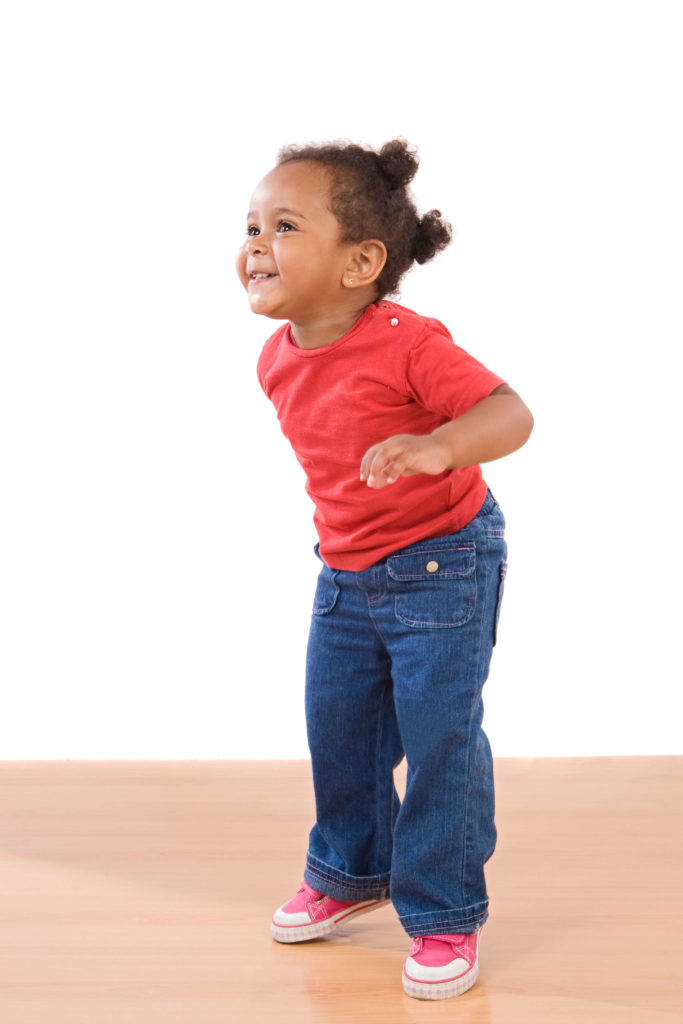Our Blog
05.01.2014
Building Play Skills for Healthy Children and Families
Play can be defined as “any spontaneous or organized activity that provides enjoyment, entertainment, amusement, or diversion” (Parham and Fazio, 2008, p. 448). Play is one of children’s major jobs—how they occupy their free time and learn. Building play skills is an important activity for your child because play helps to facilitate positive growth and

03.01.2014
Motor Milestone Series: Sitting
Most babies will learn to sit without help by the age of 8 months. There are several activities that you can work on with your baby to facilitate independent sitting. You baby should be able to hold their head up independently when their trunk is supported to start these activities. This is typically around 3-4

01.01.2014
20 Healthy New Year’s Resolutions for Kids
Preschoolers I will clean up my toys and put them where they belong. I will brush my teeth twice a day, and wash my hands after going to the bathroom and before eating. I won’t tease dogs or other pets – even friendly ones. I will avoid being bitten by keeping my fingers and
05.15.2014
An Insider’s Perspective: Getting Help For a Struggling Child
“I’ve been a pediatric OT for 8 years. I can handle parenting. Even a tricky kid would be no problem for me,” was my general line of thinking. Then Judah came along. We longed for my son, and his arrival into our family four years ago has brought so much joy. Judah has developed
04.17.2014
Is Toe Walking Really Idiopathic?
Toe walking, or walking on the balls of the feet, can occur during the toddler years. Some kids will grow out of this without intervention. Toe walking alone is not necessarily a cause for concern. However, if it does not resolve, it can become a habit that, if left untreated, will cause physical changes that

02.01.2014
Motor Milestone Series: Rolling
In our new Motor Milestone Series we will discuss how parents can help facilitate activities through play. Rolling is typically the first major gross motor milestone that parents look forward to. Therefore, it’s the activity we will explore in this newsletter. As with all milestones, the age at which your child will start can vary

